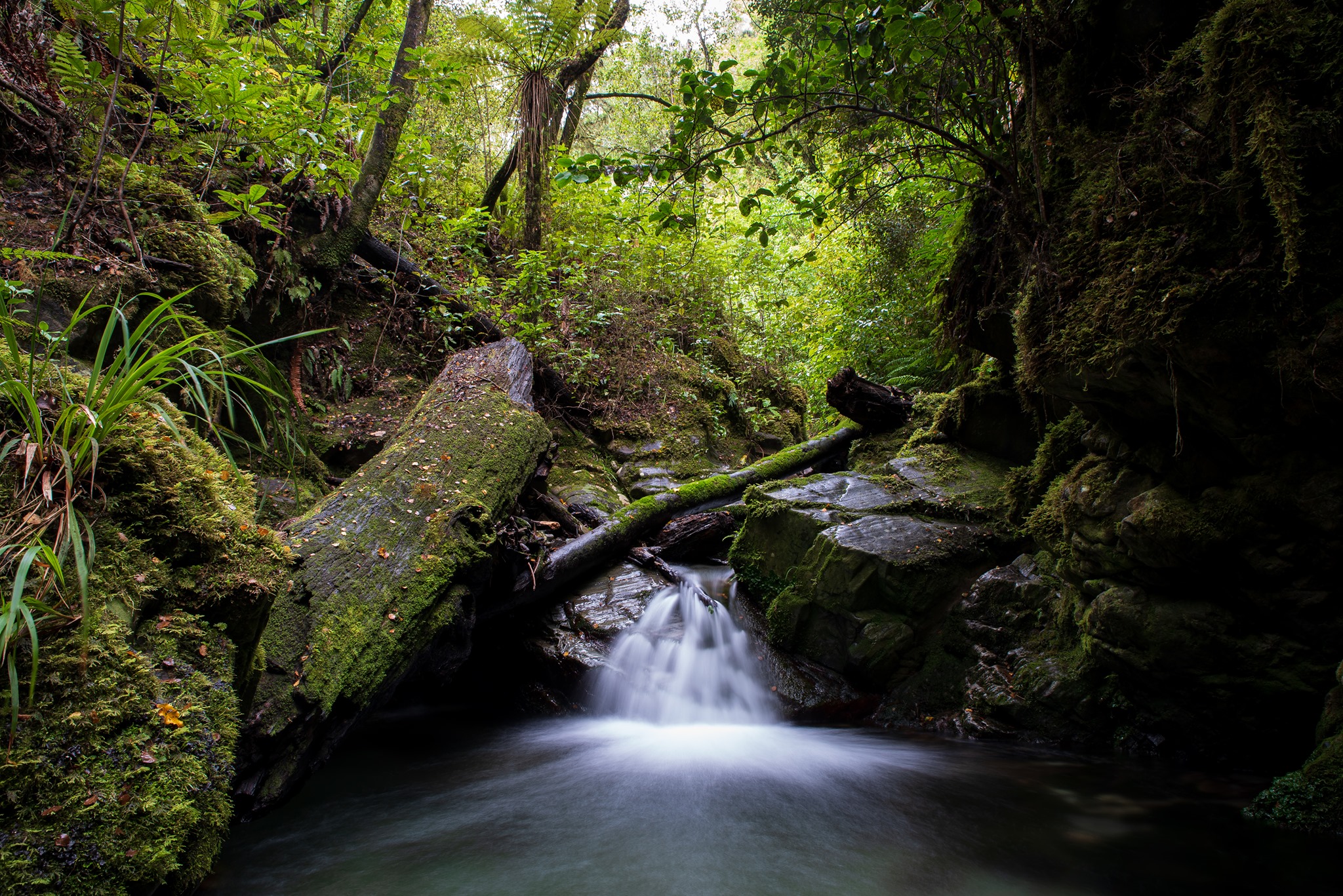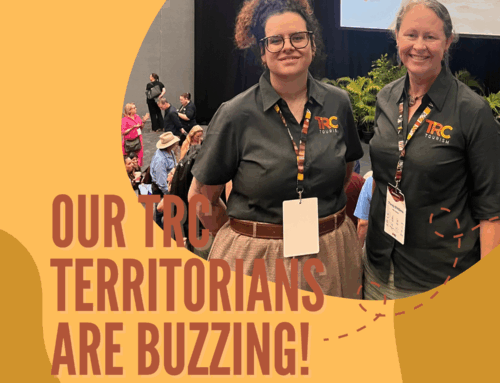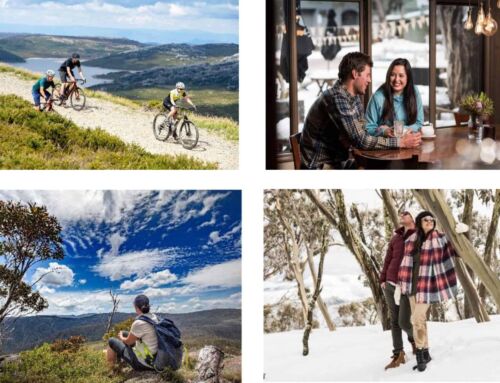TRC Tourism is passionate about the protection of the world’s natural and cultural heritage; planning for quality, sustainable visitor experiences in these special places; and assisting communities to benefit from protected areas. So, TRC was delighted to be offered the opportunity to work with Brook Waimārama Sanctuary whose vision is to be an eco-sanctuary nationally recognised for its exemplary conservation practices. TRC not only assisted them to develop their visitor experience strategy, they backed this up with a multi year commitment as a Brook Business Club member to help the sanctuary to sustain rare wildlife, aid in the reintroduction of lost species, maintain a pest-free status and create a remarkable visitor experience.
TRC Tourism takes pride in seeing its clients excel and seeing Brook Waimārama Sanctuary progress over the years has been rewarding. Below highlights some of the great things that the Sanctuary has achieved in a few short years.
Established in 2004 as a community-based project and administered by a charitable Trust. The Sanctuary is spread over 715 hectares encompassing the hill country of the Brook Valley. The area has over 250 recorded plant species and provides a habitat for rare species. To the south, the Sanctuary is adjacent to over 100,000 hectares of native forest.
Following the construction of a 14.4 km long pest-proof fence, while pest removal operations were underway, the Sanctuary had been closed to the public, re-opening in 2018.
It was in July 2018 that TRC Tourism developed the visitor experience strategy, recommending a two-staged approach enabling the Trust to deliver three core business plan objectives. TRC’s recommendations focused on establishing and promoting a range of new visitor experiences, developing an effective visitor management and experience delivery capability, and concentrating on environmental management, infrastructure improvements and building its visitor-related expertise, management and partnerships. Stage two would comprise a review of those outcomes, an assessment of the visitor experience delivery, and any further infrastructure development.
Since 2018 there have been plenty of positive steps toward achieving their goals, inspired by TRC’s visitor experience strategy and spearheaded by the Trust;
- 40 tīeke (South Island saddleback) were the first species to be reintroduced, captured on Motuara Island in Queen Charlotte Sound and transported to the Sanctuary, the species reintroduction was only made possible with the successful eradication of pests. Pest control is an ongoing activity, diligently managed by volunteers
- Weatherproofing and insulating the Visitor Centre has been greatly appreciated by the Sanctuary staff
- 150 metres of new safety rails were installed on the Loop Track along with widening narrow spots for better wheelchair and other limited mobility access
- Construction of Founders Bridge allowing great views and access over the big dam, completing the Sanctuary’s loop track
- Regular guided day and night walks have been introduced, tours focus stories of the bush including a history of the valley, Māori use of plants and why the conservation work is important
- 38 new signs have been installed along the loop track, the signs give walking options, celebrate the sanctuary’s history, showcase existing species, and ways to get involved in conversation efforts
- Construction work began on the Kākā aviary. An important asset for future species introductions, located close to key walking tracks, connecting the public
- 22 sets of binoculars were donated, an asset for the new outdoor classroom enabling school groups, volunteers and visitors to see flora and fauna up close
- The Trust received a Qualmark Gold Award under the Sustainable Tourism Business criteria. It is a recognition of the Trusts commitment to protecting their natural environment, enhancing connections with local communities, whilst delivering a quality, safe experience for visitors. A Silver Award was received last year
- 700 visitors were received at the Sanctuary’s first Open Day in Oct 20. Following on from this success, a second open day was held in April 21, visitor numbers exceeded all expectations with 1309 visitors.







